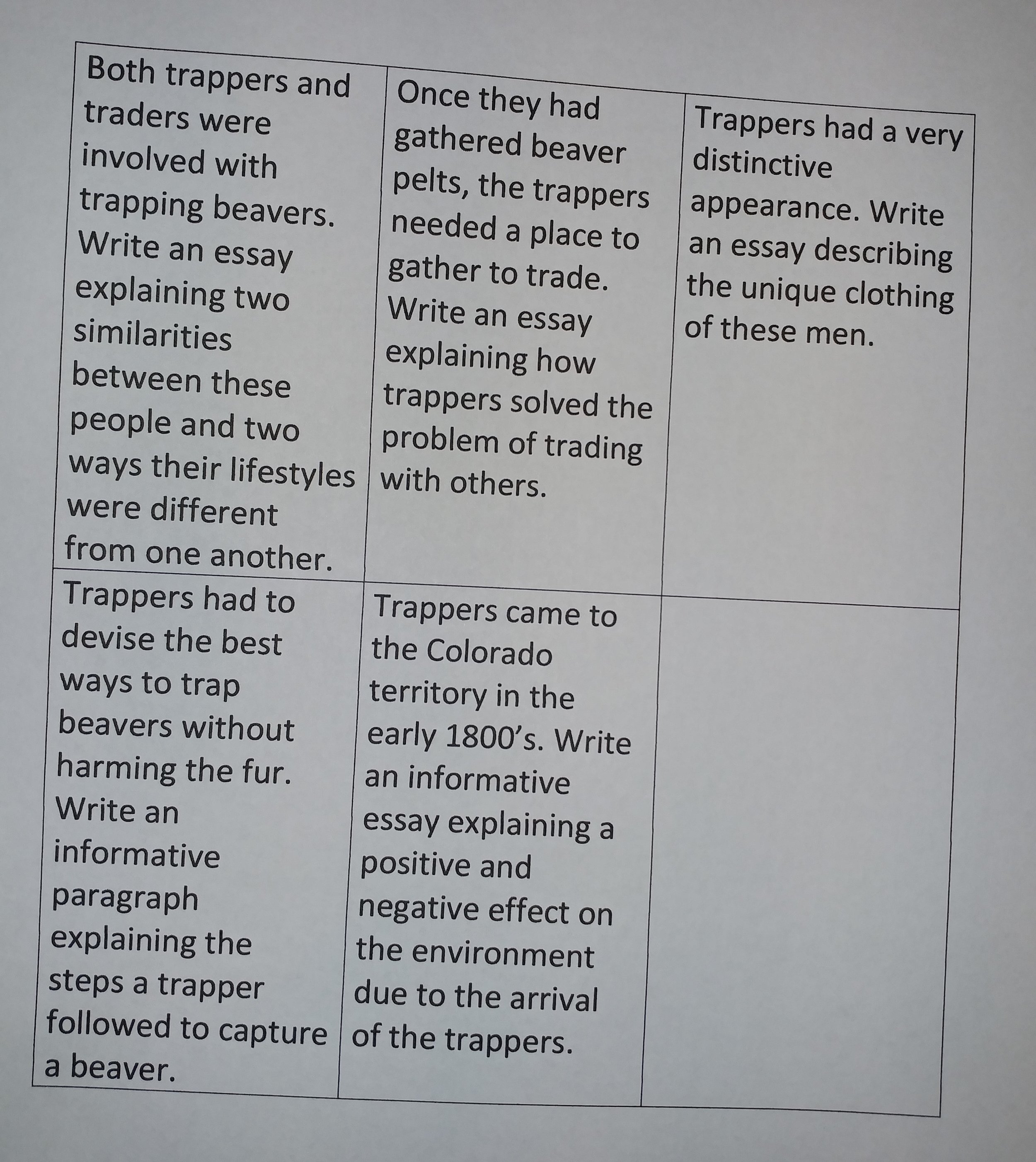We have been transitioning from writing opinion to writing informative paragraphs. As we began our study of informational writing, it was a natural time to review the different types of text structures. A text structure is how the author chooses to organize the information in his/her writing. To help us better understand each text structure, we created the following chart as a class. We filled in the first three columns together. We listed the text structure, wrote a definition and then recorded signal words which would help us identify each text structure as we found it in text. The last column was left blank for future use.
While reading informational text, we practiced identifying the text structure used by the author. Highlighting clue words and justifying our choice of structure helped solidify our learning.
I now wanted students to stretch their thinking and practice writing informative text in a specific structure. To begin this process, we needed to identify what structure was being asked for in a prompt. The students were ready for the next step; reading a prompt and determining the text structure they would need to use in response.
We returned to our chart. As we had been exploring trappers and traders in Social Studies, I chose that as the topic of the prompts the students would sort. To focus on the text structure required, I provided the students with five separate prompts. They now titled the final column in their chart Prompts.
After reading each prompt, the students placed the prompt in the appropriate section on the chart. Students discussed their choices with partners, justifying their decision of which text structure to choose. When students reached an agreement, they glued the prompt in the appropriate row.
The time spent on the chart proved invaluable. We were ready for the next step – making plans and writing topic sentences!













